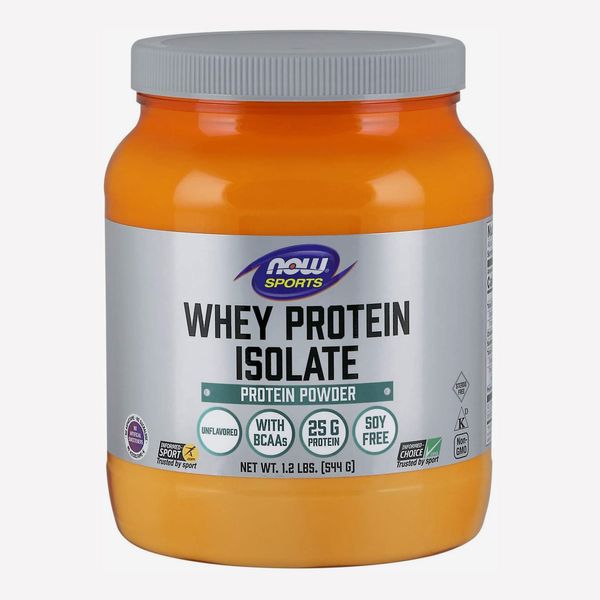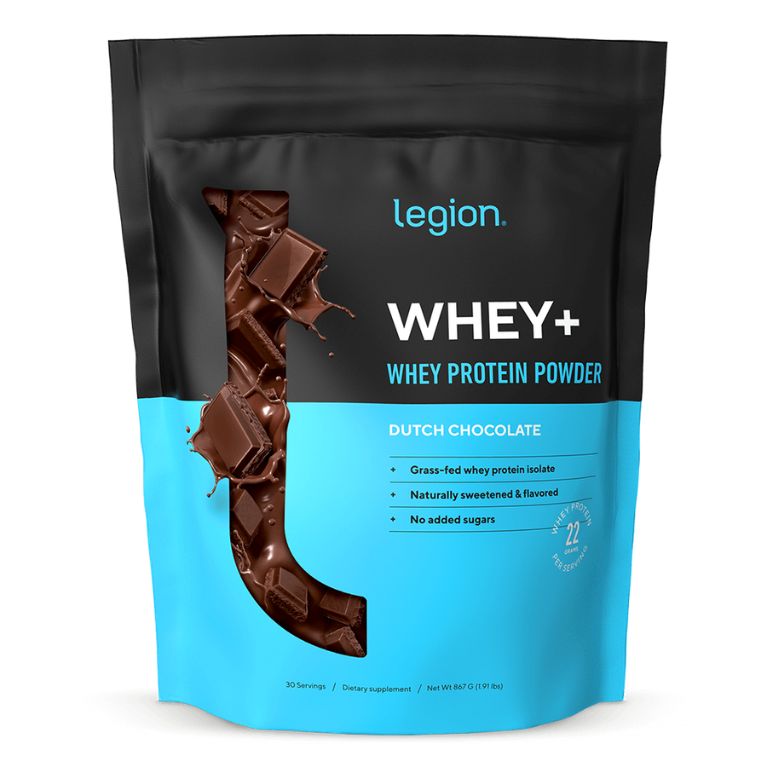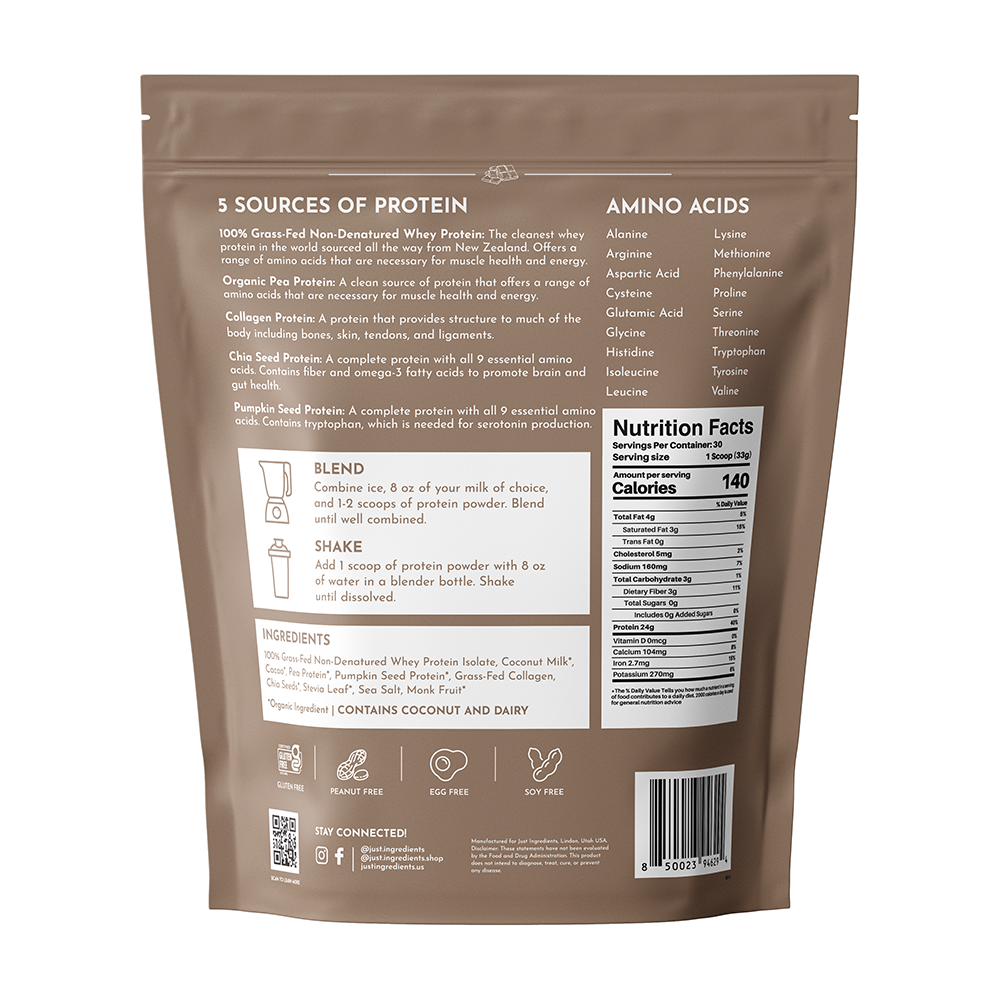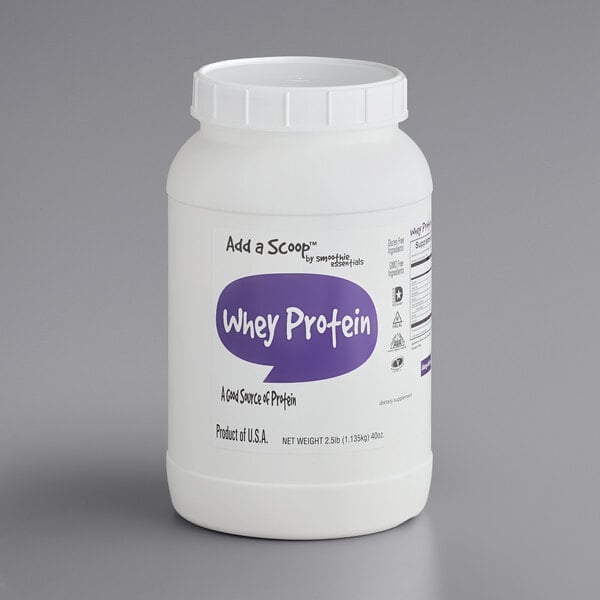Protein powder has gained immense popularity among fitness enthusiasts. It serves as a convenient way to supplement protein intake. Many people often wonder about the serving size of protein powder. In particular, a common question is, “How much is one scoop of protein powder?” This article aims to explore the measurements, benefits, and nuances behind protein powder scoops.
The Basics of Protein Powder Measurement
When talking about protein powder, understanding the scoop size is essential. Many brands standardize their servings. Typically, a scoop equals about 30 grams of protein powder. However, variations exist based on the brand and type of protein. For example, whey protein, casein protein, and plant-based protein types may have different densities. As a result, their weight per scoop can differ significantly.
Why Measurements Matter
Measurement plays a crucial role in effective nutrition planning. Sufficient protein intake is vital for muscle repair and growth. Therefore, knowing how much protein you consume each day can help in achieving fitness goals. Inadequate protein can hinder muscle development. On the other hand, excessive protein may lead to unwanted weight gain.
Another important aspect is the nutritional label. Familiarizing yourself with the serving size on packaging is key. This approach helps ensure you are adhering to the recommended intake levels. Always remember that not all scoops are created equal. Therefore, checking the serving size on the package is a good idea.
The Variability of Scoop Sizes
As noted, scoop sizes can vary by brand. Some manufacturers offer larger scoops to accommodate different protein densities. In general, a typical scoop may range from 20 to 35 grams. This variability can lead to misconceptions about how much protein you’re actually getting. For instance, a “scoop” from one brand might not equal the same amount in another brand.
Additionally, some brands may offer pre-packaged servings. These servings often come in single-use packets, making it easier to measure accurately. In contrast, a bulk container may not offer pre-measured scoops, which could complicate things.
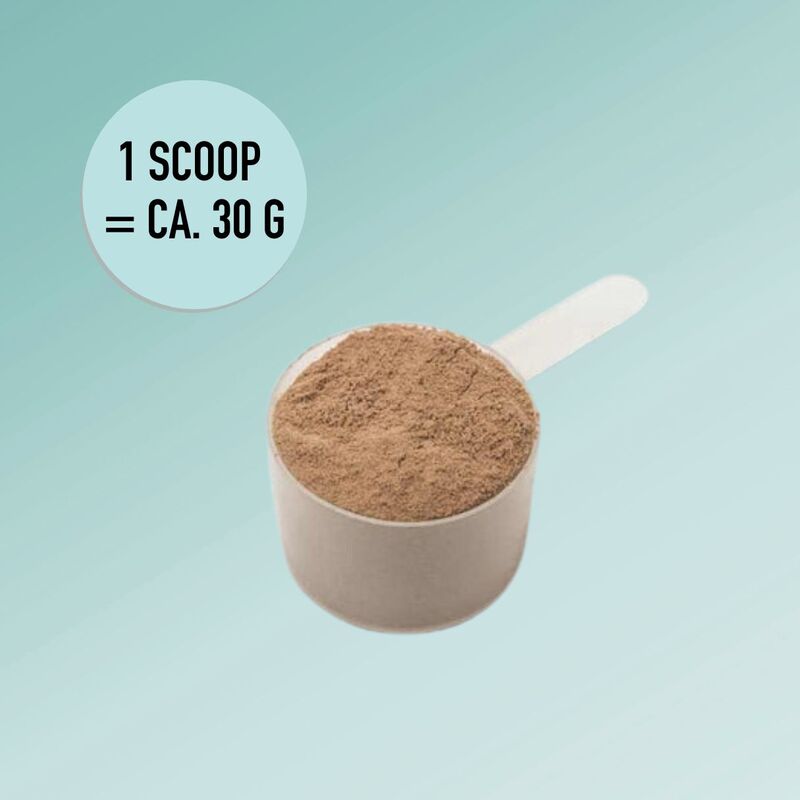
The Importance of Protein for Your Body
Protein serves as a building block for many bodily functions. It supports muscle growth, immune function, and hormone production. A daily adequate protein intake is necessary for overall well-being. This fact applies whether you are an athlete or a casual gym-goer.
Muscle Building and Recovery
Protein is particularly essential for muscle repair. During workouts, muscle fibers undergo tiny tears. Consuming protein post-workout aids in repairing these fibers. As a result, better muscle performance and growth follow. Moreover, studies indicate that individuals who consume sufficient protein recover faster. This benefit translates into better overall workout efficiency.
Protein is not just for intense workouts. Even moderate exercise requires adequate protein to maintain muscle health. This aspect is crucial for people of all activity levels. Therefore, incorporating protein throughout the day is highly recommended.
The Role of Protein in Weight Management
Furthermore, protein can help in weight management. It is more satiating than carbs and fats, which means it keeps you full longer. Consequently, incorporating protein into your meals may prevent overeating. Sustained energy levels are another benefit. Unlike quick carbs, protein provides a slow energy release. This advantage helps maintain focus and reduces fatigue.
In dietary plans, protein has numerous roles. It regulates hormones related to appetite. This regulation, in turn, can lead to better food choices. As a result, the need for constant snacking diminishes, thereby minimizing excess calorie intake.
Choosing the Right Protein Powder
Given the myriad scoop of protein powder available, choosing the right one can be daunting. Each type serves different purposes, from muscle gain to weight loss. Understanding these types can help you make an informed decision.
Types of Protein Powders
Whey protein is one of the most popular types available. It is quickly absorbed and is rich in essential amino acids. This type makes it an excellent choice for post-workout recovery. However, some individuals may be lactose intolerant, making it unsuitable.
Casein protein, on the other hand, digests slowly. Its gradual release of amino acids helps sustain muscle protein synthesis over time. Many athletes prefer taking it before bed. In comparison, plant-based proteins are suitable for vegans and those with lactose intolerance. Common plant-based sources include pea protein, brown rice, and hemp protein.
Evaluating Nutritional Value
When choosing a protein powder, analyze the nutritional content. Pay attention to amino acid profiles, added sugars, and other ingredients. Reading labels helps ensure you choose a product suited to your dietary needs. Certifications such as “non-GMO” and “gluten-free” can also guide your choices.
Additionally, consider the flavor and mixability of the product. While nutrition is important, taste can greatly affect consumption. Nobody enjoys a chalky or unpleasant-tasting shake after a tough workout. Therefore, experimenting with different flavors may help you find a suitable option.
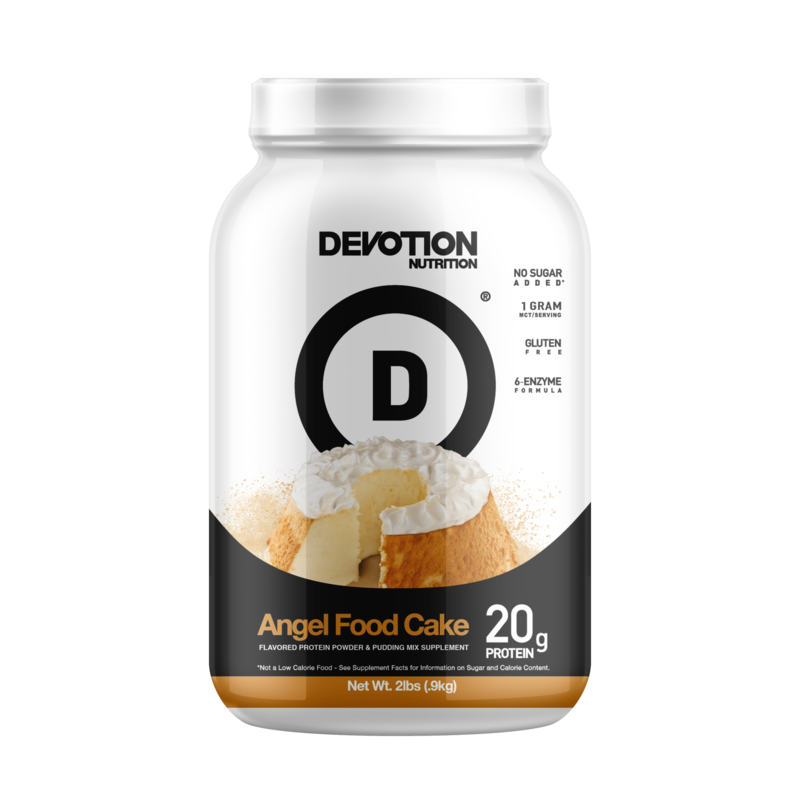
How to Properly Measure One Scoop
When using protein powder, accuracy in measurement is crucial. The right amount can affect your diet and fitness outcome. Below are some practical ways to ensure you’re measuring accurately.
Using a Scale for Precision
The most accurate method is using a kitchen scale. A scale will give you an exact measurement of your protein powder. Simply place the scoop on the scale and zero it out. Then, fill it with the protein powder until you reach your desired weight. This method is especially beneficial for those who take different protein brands simultaneously.
Additionally, measuring out the powder can help you adjust consumption based on your fitness goals. For example, if you’re aiming to gain muscle, you might want to increase your intake. Conversely, for weight loss, you may wish to decrease protein consumption slightly.
The Conventional Scoop Method
If a scale isn’t available, use the scoop provided in the container. Most brands include a scoop designed to fit their powder’s serving size. However, it’s wise to double-check the scoop volume on the label. Remember that this method may not be as precise as using a scale.
Be mindful of how you fill the scoop. Avoid packing or heaping the powder, as this can lead to overconsumption. Instead, gently scoop and level the protein powder for the best results.
Tips for Incorporating Protein Powder into Your Diet
Incorporating protein powder into your daily meals can be quite creative. Whether through smoothies, baked goods, or simple shakes, it’s versatile. Here are some practical tips to make the most of protein powder.
Smoothies and Shakes
Adding protein powder to smoothies is an excellent choice. The options are endless, from fruits to greens. A banana or a handful of spinach blends nicely with protein powder. This combination not only increases protein intake but also adds essential nutrients.
For a post-workout shake, water or almond milk works well. After you add the protein powder, shake or blend until smooth. You can further enhance the flavor with cocoa powder or peanut butter.
Baking and Cooking
Another creative way to use protein powder is in baking. You can incorporate it into pancakes, muffins, or even energy bars. Simply replace a portion of the flour with protein powder. This swap boosts your baked goods’ protein content without sacrificing taste.
Moreover, you can sprinkle protein powder into oatmeal or yogurt. Simply stir it in for an easy protein boost. These simple adjustments can help you increase your daily protein intake without significant effort.
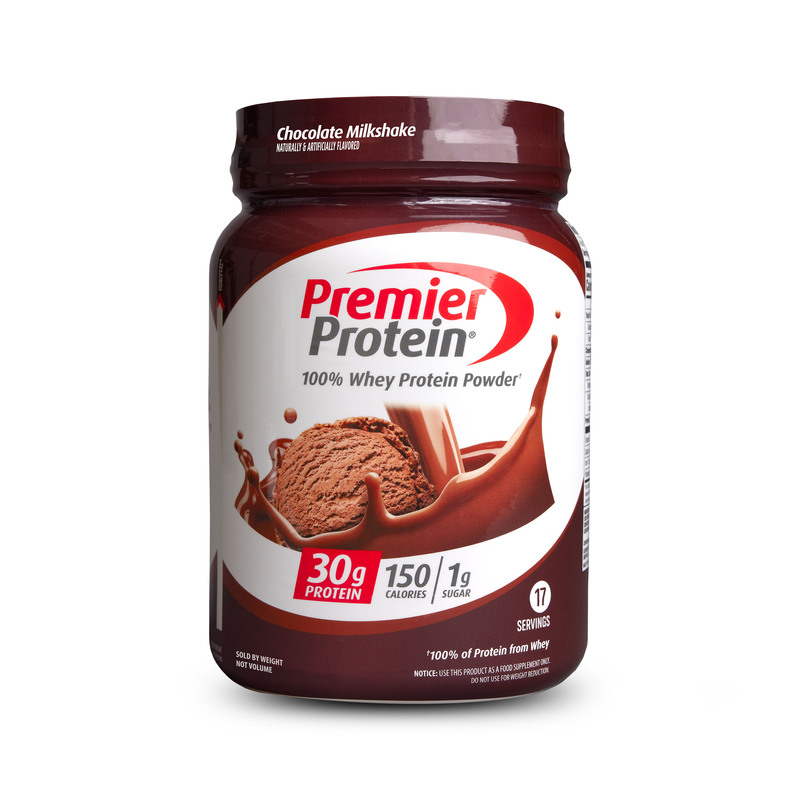
Conclusion
Understanding how much is in one scoop of protein powder can significantly impact your fitness journey. The benefits of protein are well-documented and invaluable. By familiarizing yourself with scoop sizes, types of protein, and methods of incorporation, you can optimize your nutrition.
Moreover, proper measurement ensures you meet your dietary goals. Whether you prefer whey, casein, or plant-based options, knowledge is key. The versatility of protein powder allows for various applications in your diet. Thus, with the right techniques and choices, you can maximize protein’s benefits.
As you navigate your dietary journey, remember to listen to your body. Each person’s protein needs differ based on individual goals and activity levels. By understanding your requirements, you can make informed choices in your nutritional intake.
Feel free to experiment with different protein powders and recipes. The right protein source can be both beneficial and enjoyable. Enjoy the process, and celebrate your progress, no matter how small.

